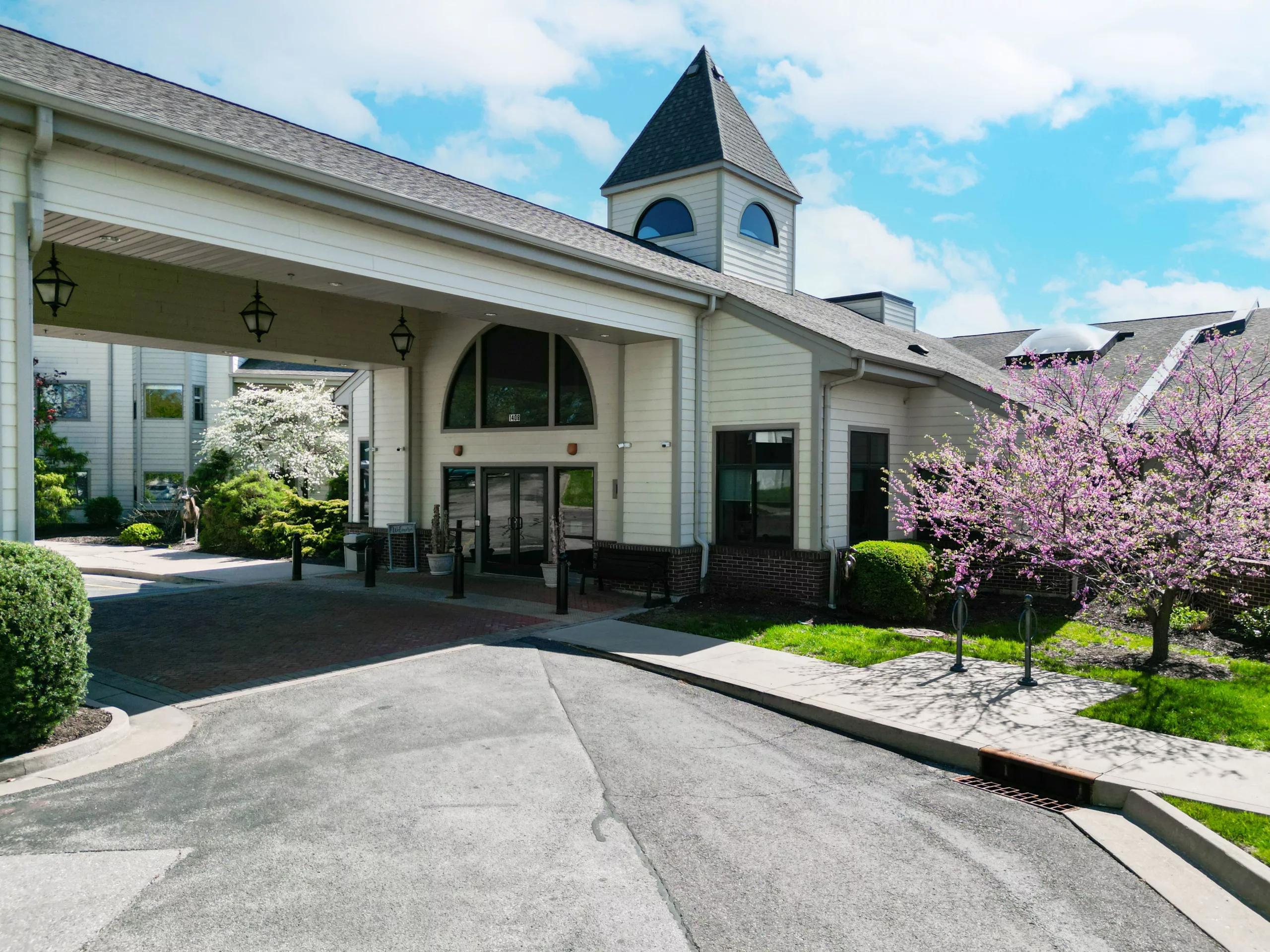The U.S. economy — and the healthcare industry — have seen more than their fair share of ups and downs over the past decade. The Great Recession has only been the most recent upheaval to affect the way Americans plan for their retirement and their aging parents’ senior care. Along with all the economic shifts, there have been big changes in medicine, technology, and how we view independent living and healthy aging. It’s no surprise that senior and assisted living options are also changing in response to socioeconomic conditions. Both consumers and providers have had to tighten their budgets and get creative, looking outside the box for senior housing possibilities.
The rising cost of assisted or independent living means that some families are looking at aging in place, home care, and multi-generational housing instead of more expensive care options. Those who do opt for assisted living will find a wide range of offerings in new, booming areas like eco-friendly housing and so-called “smart homes,” as well as expanded amenities at more traditional assisted living communities. Sometime in the near future, we will witness a decline in the nursing home model of care. We’ve been seeing it for some time; a move away from the concept of senior housing as synonymous with nursing homes, and a move toward other senior housing options. It’s not a trend that’s likely to change anytime soon. According to the experts, factors such as the high cost of skilled nursing and recent cuts to Medicare and Medicaid programs will only accelerate the shift.
Although demand for senior living will increase, Americans’ ability to finance their retirements may be in jeopardy. Thus consumers will need guidance in saving for senior living. The industry can play a role in how educating consumers about how to finance this part of their lives. One possibility is multigenerational housing, the idea that a family will pool their resources and either modify their existing home to suit multiple generations or move into a place that’s built to house both young families and older adults.
With the economy still recovering, many active retirees want to continue working and living close to a city center or commercial district. There are also many limited-mobility seniors who still want access the amenities of a thriving downtown. These are both good reasons why community planners want to be senior-friendly in the future. Senior co-housing is another way active older adults can gain the benefits of community living. Co-housing is more like living on a commune, where residents have independent homes but also benefit from shared spaces like gardens and recreation facilities. This trend has been growing over the past decade. With inevitable rising costs for senior living options like assisted living and continuing care retirement communities, these more traditional forms of housing have begun offering a wide range of amenities to tempt potential residents, from lifestyle-based and cultural communities that cater to LGBT seniors or Asian Americans to an increased array of recreational options like cultural events, fitness classes and educational opportunities.
These days, eco-friendly increasingly means economical, too, and green senior housing offers older adults the ability to be environmentally minded as they enter their golden years. While there may be an initial investment in building up a green infrastructure —homes and facilities that are LEED-certified, for instance — eco-friendly building, lighting and appliances can save money in the long run and are much better for the environment. Personal care robots are just one attention-grabbing example of the types of up-and-coming technology that are going to revolutionize senior care as we know it. There are plenty of options already at our fingertips that promise to improve the health and quality of life for seniors — from smart home computer systems that keep track of medications and vital signs to wireless networks that provide mobile support for seniors in care communities.
We will also witness the inevitable convergence of senior living and healthcare industries. As healthcare systems focus on population health and seek to improve outcomes and reduce costs, they will need to collaborate with senior living providers. Assisted living communities will develop partnerships with home healthcare providers, hospitals and physician practices to provide integrated services. Which will inevitably open up new career paths. Millennials and members of Generation Z increasingly will choose to work in the senior living industry, seeing such work as fulfilling a goal of altruism. The field will require caregivers but also professionals in finance, asset management, sales and marketing, food service and healthcare.
________________________________________________________________________________
The Terrace is a complete retirement community, a place where you can call home. Visit our site and see what amenities and activities we have to offer our citizens. View our spacious living spaces and contact us at (573) 355-9146 to see if The Terrace is right for you!







